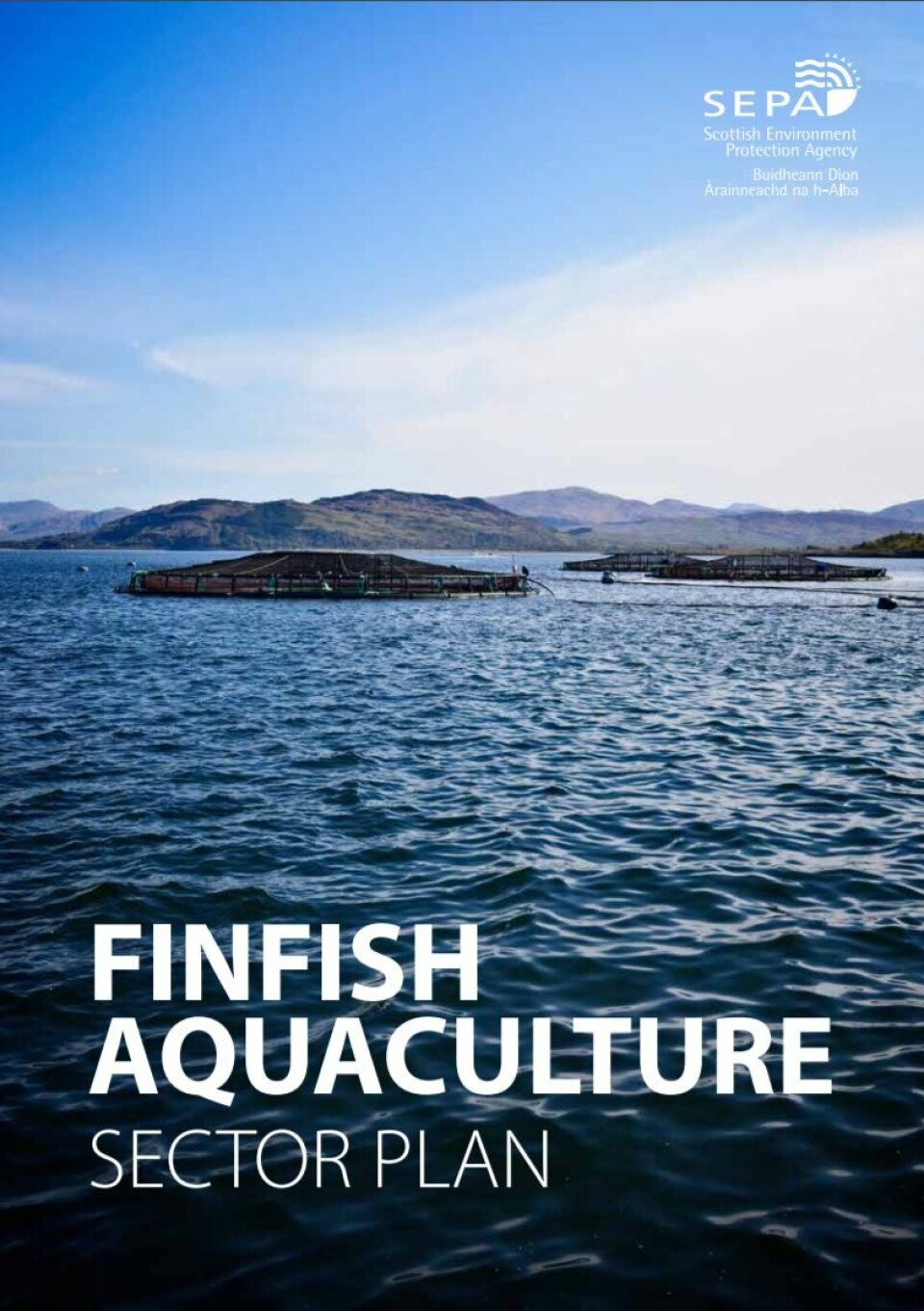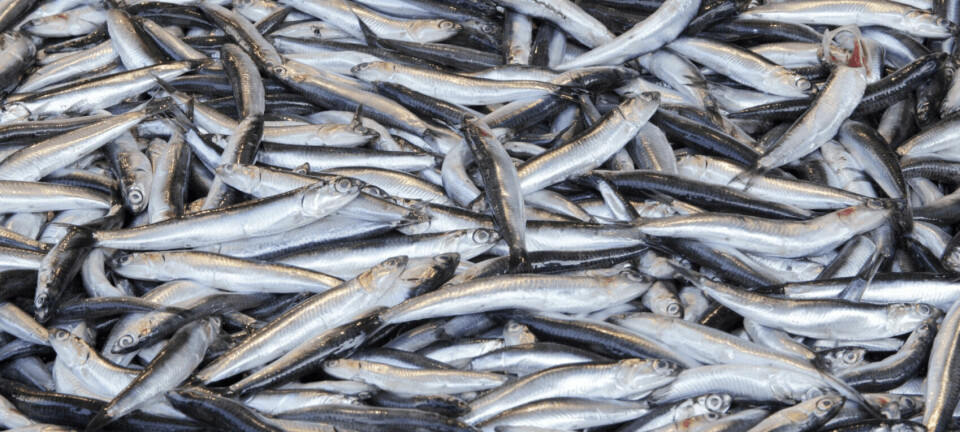
Fish farm rules roadshow netted 275 visitors, says SEPA
Around 275 people attended across the nine community drop-in events held in the Highlands and Islands as part of a consultation over plans to tighten fish farming regulation, the events’ organiser has revealed.
The Scottish Environment Protection Agency (SEPA) held the events in Arran, Skye, Harris, Orkney, Shetland and Mull, and in Ullapool, Lochgilphead and Fort William on the mainland, from November 15 to December 6.
The drop-in events were intended to give people in salmon farming areas an opportunity to speak with SEPA staff about its Finfish Aquaculture Sector Plan. The Plan contains what SEPA has described as “firm, evidence-based proposals for a revised regime that will strengthen the regulation of the sector”.
One-to-one meetings
A SEPA spokesperson said 28 one-to-one meetings were facilitated between SEPA specialists and stakeholder groups including community groups, local fisheries, non-governmental organisations (NGOs) and industry representatives.
Specific round table discussions were also arranged for NGOs, fish farming environmental managers and partner public agencies in addition to the nine community events.
Approximately 120 responses to the consultation, which ended on December 24, have been received and are being compiled and analysed by SEPA, which is not yet able to confirm the timetable for finalising its proposed regulatory approach and the new sector plan.
CAR licences
In the meantime, any application made by a fish farmer for a Controlled Activities Regulations (CAR) licence will continue to be assessed as normal if it can be determined under the current regulations. Any licence applications under the proposed new framework - such as those using new modelling or seeking to apply for more than the 2,500-tonne biomass limit – will be determined once the new framework is finalised.
A CAR licence is one of the permissions necessary to either establish a new fish farm or vary the number of cages or biomass at an existing site.
Last month SEPA said the drop-in events had “provided an invaluable opportunity to interact with local communities on the key issues which matter most to them and hear directly from a diverse range of interests, including NGOs, marine and freshwater fishery groups and representatives of the industry”.

Proposals in SEPA’s Finfish Aquaculture Sector Plan, pictured right, include:
- A tighter standard for the organic waste deposited by fish farms.
- More powerful modelling using the best available science, replacing the current 15-year-old framework.
- Enhanced environmental monitoring and creation of a new SEPA enforcement unit to ensure compliance.
- A new interim approach for controlling the use of in-feed anti-lice drug emamectin benzoate (SLICE).
- A new approach that could allow for larger farms than traditionally approved, provided they are appropriately sited in sustainable locations.
The proposals followed a survey undertaken by marine scientists, using research vessel the Sir John Murray, to examine the environmental impacts from eight fish farms.
The scientists analysed 302 chemical samples from 93 sample stations for emamectin benzoate and another anti-lice compound, Teflubenzuron, last used in 2013. The medicines were detected in 98% and 46% of samples respectively, with residues more widely spread in the environment around fish farms than had previously been found.
SEPA’s Finfish Aquaculture Sector Plan, which outlines its broad vision for fish farming and includes an annex on discharges from marine cage fish farms, can be downloaded here.
Its Fish Farm Survey Report is available here and and a statement about emamectin benzoate limits is available here.




















































